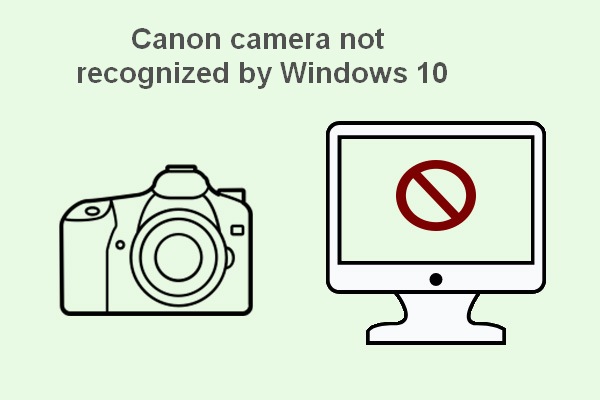V4L (Video for Linux) enables Linux systems to identify and manage different types of cameras, such as webcams and digital cameras, optimizing their settings for compatibility and performance.
V4L (Video for Linux) allows users to identify the type of camera connected to a Linux system. By determining the camera type, users can optimize settings for compatibility and performance. Common camera types include webcams, digital cameras, TV tuners, and specialized cameras, each offering different features and use cases within the V4L framework.
Video for Linux (V4L) is an essential framework within the Linux operating system that facilitates video capturing and processing. This framework is widely used for managing video input devices like webcams, digital cameras, and TV tuners. One of the critical features of V4L is its ability to identify and classify the type of camera connected to your system, ensuring optimal performance and compatibility for various applications.

In the V4L framework, cameras are categorized based on their hardware characteristics and how they interact with the system. Understanding these camera types is vital for anyone working with video devices on Linux, as it helps in configuring the devices for better performance and specific use cases.
V4L supports a variety of camera types, each with unique features and applications. Here’s an overview of the most common types:
Webcams are perhaps the most common type of camera used with V4L. They are typically connected via USB and are widely used for video conferencing, online streaming, and basic video recording. Webcams are usually low-cost and offer sufficient quality for everyday use.
Some digital cameras can also function as video devices when connected to a Linux system. These cameras generally provide higher resolution and better image quality compared to standard webcams, making them ideal for photography and professional video production.
TV tuners are another category of video devices supported by V4L. These devices allow users to capture television signals and are commonly used for recording TV broadcasts. TV tuners are less common but are invaluable for those who need to integrate TV capture into their Linux system.
V4L also supports a range of specialized cameras, including industrial cameras, security cameras, and scientific cameras. These devices often come with unique features such as high frame rates, specialized sensors, or infrared capabilities, catering to specific industry needs and applications.
Also read: Rpi List Cameras – A Comprehensive Guide!
Knowing the camera type connected to your system via V4L is crucial for several reasons:
Different camera types may require specific drivers or software configurations to function correctly. By identifying the camera type, users can ensure they have the right setup, avoiding compatibility issues that could affect performance.
Each camera type offers different capabilities in terms of resolution, frame rate, and supported formats. Understanding these specifications allows users to optimize their settings, leading to better performance and image quality.
For developers working on video-related applications, knowing the camera type is essential. It enables them to tailor their software to the specific features and limitations of the camera, ensuring smooth integration and functionality.
Identifying the camera type within V4L is usually straightforward. Most Linux distributions provide tools and utilities that automatically detect and display information about connected video devices. The key details to look for include the camera’s manufacturer, model, supported formats, and connection type (e.g., USB or PCI).
While V4L generally makes it easy to manage video devices, users may occasionally encounter issues when identifying or using their cameras. Here are some common problems and tips for resolving them:

If your camera is not being recognized by the system, check the connection and ensure that the device is properly plugged in. It may also be necessary to install or update the drivers to ensure compatibility.
If your camera does not support the video formats you need, consider checking for firmware updates or using alternative software that may provide better format support. Sometimes, using a different camera model with broader format compatibility may be the best solution.
Performance issues with cameras can often be attributed to incorrect settings or insufficient system resources. Adjusting the resolution, frame rate, or other settings can help improve performance. Additionally, closing other applications that may be using the camera can free up resources and boost performance.
V4L (Video for Linux) is a framework that allows Linux systems to manage video input devices like webcams and cameras.
V4L identifies the camera type by analyzing its hardware characteristics, such as the manufacturer, model, and supported video formats.
Knowing the camera type helps optimize performance, ensure compatibility, and configure the device correctly for specific applications.
V4L supports webcams, digital cameras, TV tuners, and specialized cameras used in industrial or scientific applications.
Ensure the camera is properly connected, check for driver updates, and verify that the correct software is installed to recognize the device.
Yes, V4L can manage multiple cameras simultaneously, allowing users to connect and use several video devices on the same Linux system.
Adjusting settings such as resolution and frame rate, and ensuring no other applications are using the camera, can help improve performance.
Yes, V4L supports a wide range of specialized cameras, including those with infrared capabilities or those used in industrial applications.
V4L is a powerful and versatile framework for managing video devices on Linux. By understanding how to determine the camera type within V4L, users can ensure they are getting the most out of their devices, whether they are using a simple webcam or a more complex, specialized camera. Identifying the correct camera type is the first step towards optimizing performance, ensuring compatibility, and achieving the best possible video capture experience on your Linux system.
